
Proposal Templates – 170+ Free Word, PDF, Format Download!
Are you a visionary or a pioneer who needs a grant? If so, you might want to survey all over…
Jul 10, 2024
When it comes to designing homes, offices, or any personal space, most people are guilty of a grand picture and images of unique projects in their minds. This allows us to collect the best of creative ideas, which is why the world of interior design proposal rarely has any hard and fast rules attached to it. You may also see proposal samples.
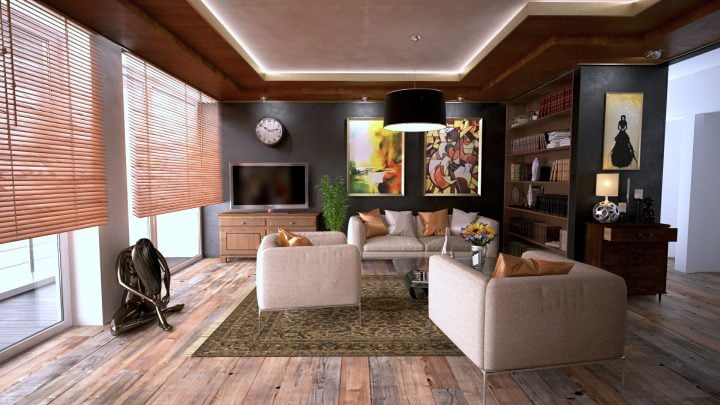
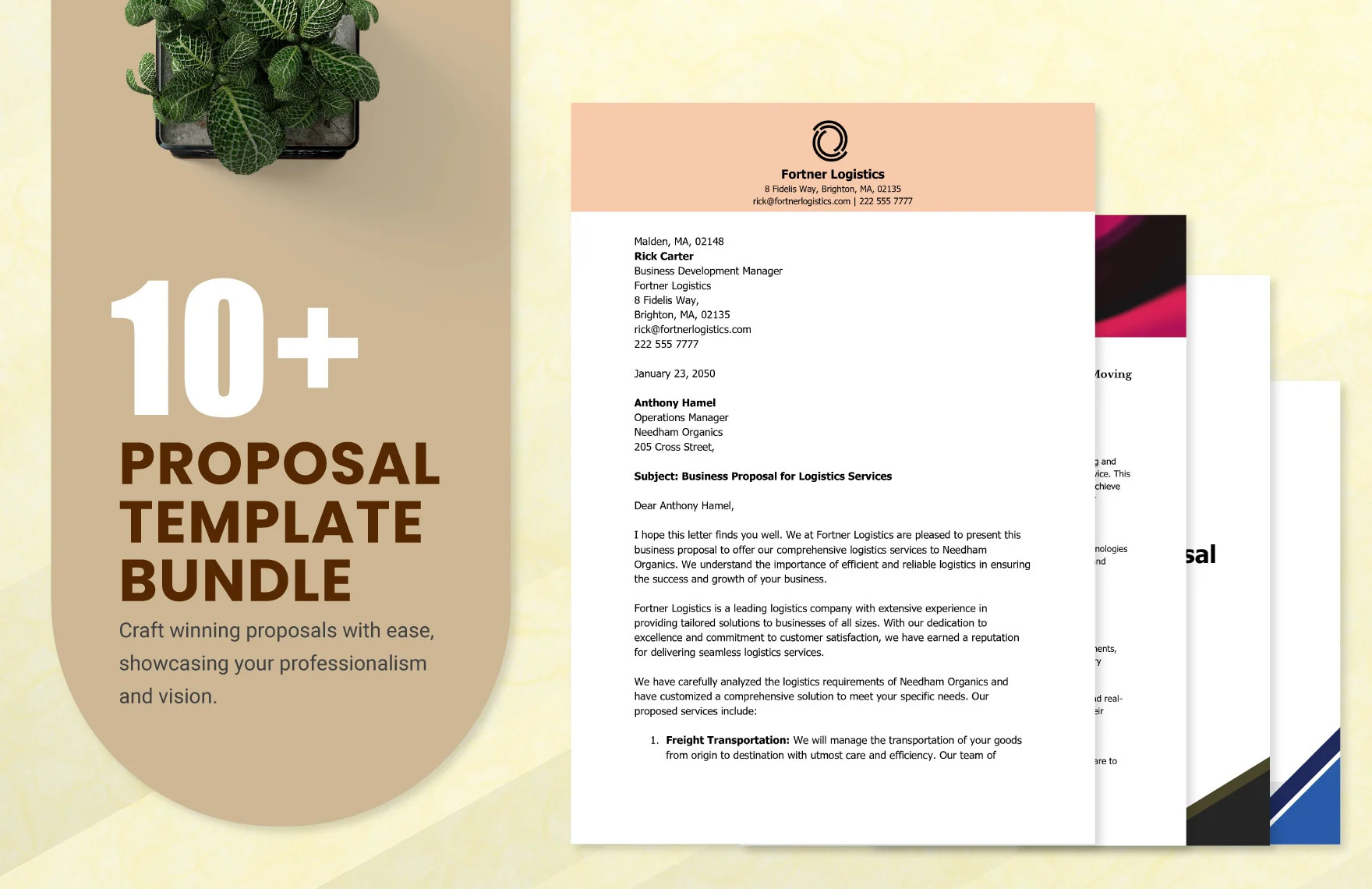
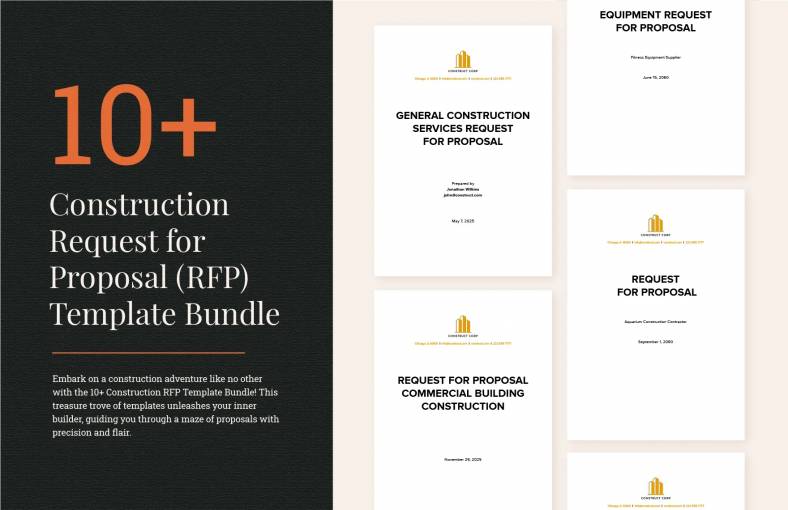
A client paints his or her own picture, and a designer tries to meet the expectations, or convince the client of what could be a different plan template or idea from a professional point of view. While there may be many different creative jobs requiring creative talent, decorating requires the skill to identify which beautiful things fit together in a certain space.
Not to downplay the talent and skill required in other lines of creative jobs, but becoming an interior designer is one smart, tough choice for creative people with an organized, clever, and cool sense of simple planning skills and the right amount of appreciation for sophistication in spaces where you would hardly think there are any to work with, at all.
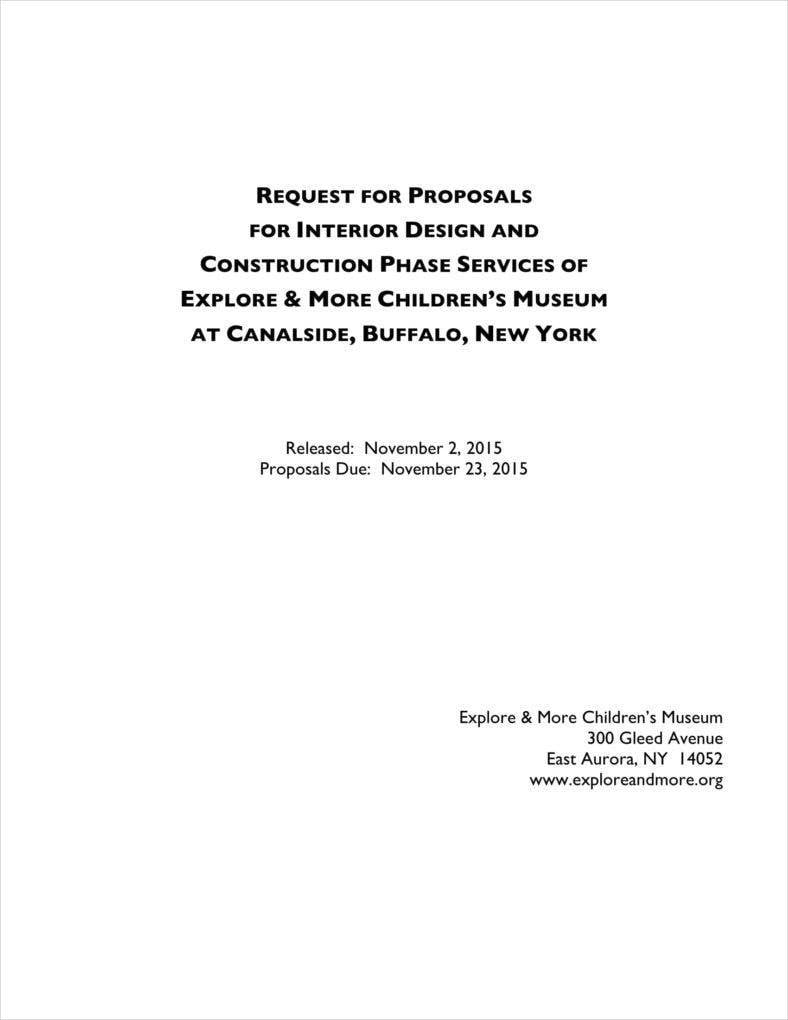
exploreandmore.org
There are challenges as well as benefits in being an interior designer. And only those who can work well through these challenges survive staying in the job that they love and making more than just a living out of it. It’s how you go through the challenges, and the most important one is keeping a lookout and taking advantage of that green light which means general projects.
Face it, without projects, there’s no job for you. No projects mean no clients are interested. No projects and no clients mean no money rolling in. So, what do you do to keep them coming? You have to market your simple interior design well, whether you are working with a contractor or working privately to cater directly to clients—unless you’re an interior decorator, which is a different thing. Interior designers go through training that would later on give them a license for the profession. They can decorate but interior decorators can’t design. Knowing the difference makes the difference early on. You get the picture.

coirboard.gov.in
First things first. You need clients and, for clients, you need a proposal good enough to score you the next project, and the next one and the next. An important transaction between a designer and a client is developing a design proposal.
A proposal clearly states and shows what tasks are there to be accomplished and which party is responsible for the respective tasks, the timeline that would have to be a realistic one, the working budget, and the fees. Without the interior design proposal, there’s going to be a lot that both client and designer would leave open for interpretation, which would then lead to misinterpretations in the process.
It is important not only to perfect the art and uncover the secrets of good interior design, but also how to make proposals that would secure a stable flow of projects and clients. More clients mean more business, after all, and more business means more revenue, which would lead to more opportunities and more experiences. It’s a good picture, right? The possibilities are endless and you could be looking at working as a full-time interior designer instead of constantly waiting for the next project that would hopefully be available the next month or two months from now.
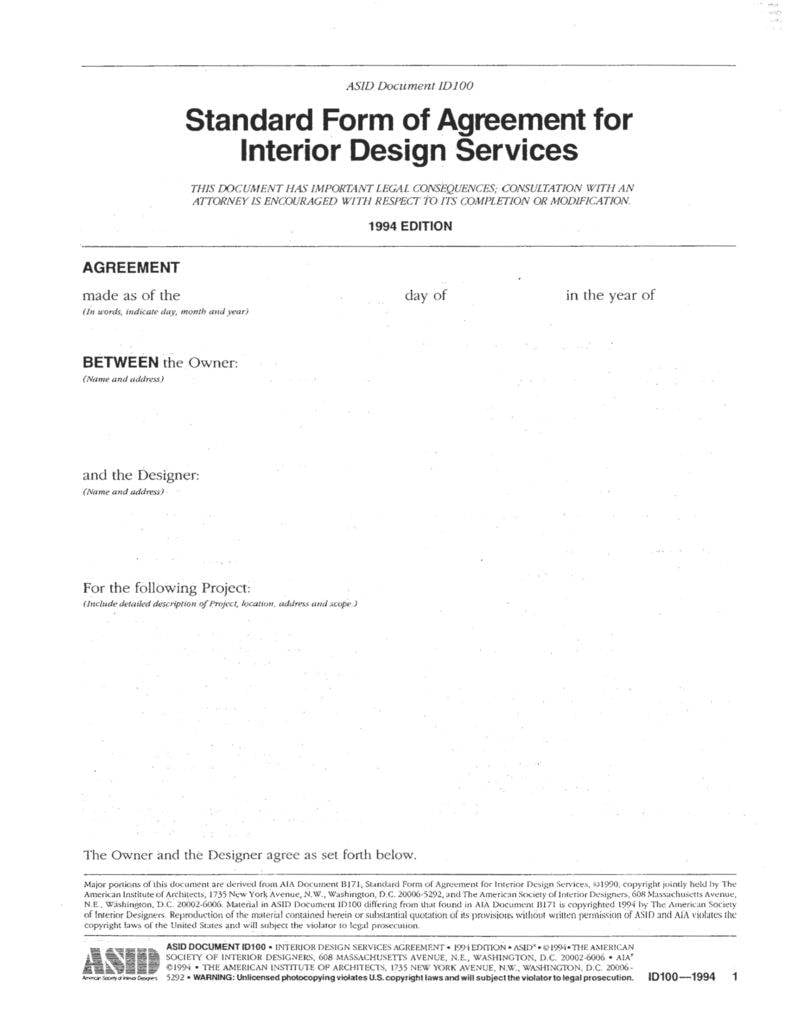
It could be very rewarding and you will be learning so much in the experience. Experience is the best teacher, they say. You try and see for yourself, we say. One project after another would allow you to be well-prepared in making interior design proposals.
But you shouldn’t have to wait for successful projects before you create one that would help you market your services more. Otherwise, there would be one opportunity after another passing you by, just like that. A well-written proposal would make a whole lot of difference—probably the biggest difference between getting new clients and watching good opportunities fly by as already pointed out.
But how does a designer, for all his or her creativity, produce proposals that eventually get him or her to that happy place?
Who are you selling your service to? Is there a specific client and a project in mind? If there is, then the first step is knowing who they are. Get to know your client’s taste. If it’s a business, know who they represent and what type of people are going to be in and out of the space you expect to work on.
No client wants the exact same thing. Some of them can be picky. That would be a challenge you should also get used to. Then, again, before anticipating the challenge, check what they want because this is vital in coming up with a basic proposal that would fit the client’s needs. If they only require renovation, then that would at least be pretty self-explanatory.

Everything falls into place with a good plan. In planning your proposal, brainstorm on what it should include. Keep the ideas flowing and list them down before you forget about them entirely and include the key components that you should be discussing with the project manager or the client.
Keep it general if you have no idea who the client is going to be. Allow yourself a free flow of ideas and don’t try to second guess what you should write-down. Make room for errors because you should be able to identify them with a little polishing later on when it becomes clear whatever you need. Just put it in writing and leave it there.
Before working on a layout of the actual design, plan it first. Hours of trying to make something out of a hodgepodge of little designs that probably make little sense is okay because you’ve got to start somewhere before coming up with something really tangible. Some designers find themselves working on a design that they don’t understand at first and end up with content for a presentation that’s more than good enough to start with.
A smart and clean look is important in making sure your potential client is provided with details and information, good enough to make them understand and right enough not to get them lost or confused. Spare them the complex technical details and bright color palette. If they are too large and too complicated for the regular client to grasp, chances are, the client will lose interest and move on. The content doesn’t need to be state of the art to sell. Keep it realistic so that the negotiations will happen sooner than later. You may also see free proposal templates
Your proposal should focus on three main parts. Those are information about yourself, the company you work for, and your experience, including your portfolio, the timeline and scope of your project, and the fees. When you talk about your experience, most often than not, clients will want something to show for it. So, remember to keep your portfolio at the ready.
Although you cannot really tell the exact time a project should be finished, it is still critical to write a realistic timeline for it, one that you should be able to discuss with the client, making sure they understand. This will depend on the sample budget and the necessary adjustments the client would want to make. With certain limitations, especially budget limitations, you should be honest with the client when it comes to meeting expectations because you may have all the creativity and knowledge in the world, but with a lack of resources, it is impossible to manage time constraints.
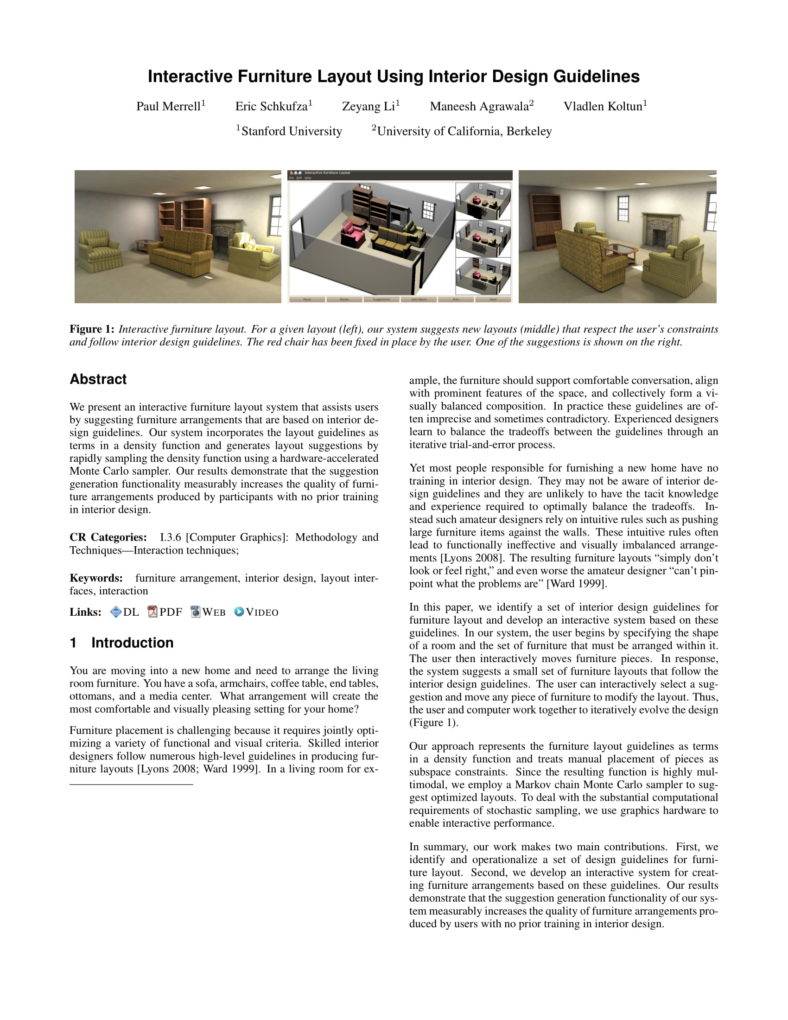
It’s never an easy task for a designer to calculate expenses and cope with a basic budget fit enough for the client to find it reasonable and good enough for the designer to work with. Designers enjoy the creative process more, and with good reason. But that doesn’t mean that it’s okay to treat proposals lightly as we have emphasized it is a vital part of your career. You should then try to find a common ground between both your interests and that of the client’s. Don’t stretch the price too much just to make a profit. Make room for negotiations but don’t be afraid to ask for what you deserve.
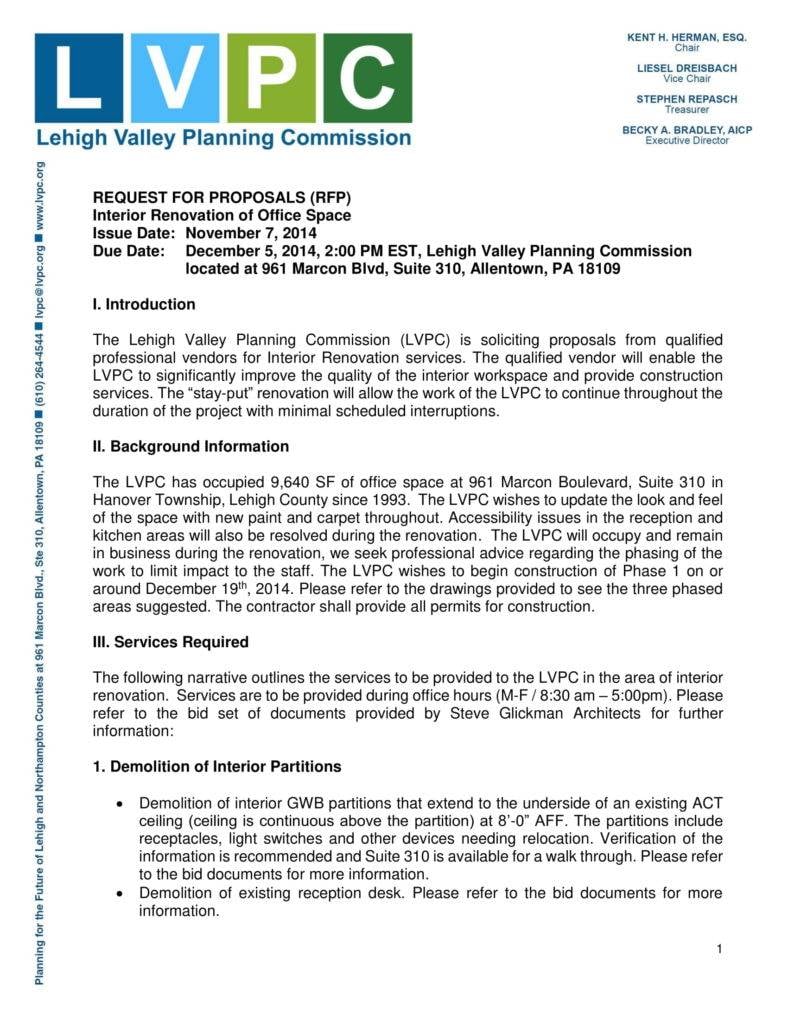
A good proposal includes a detailed structure of what the finances would amount to and what the breakdown is. It is always a good idea to be transparent with the calculations to justify your pricing because, for obvious reasons, money is an issue you would rather avoid dealing with.
There is no greater reward than when a prospect accepts a proposal and gives you the go-ahead for a new project. Hard work, paired with talent and creativity always goes a long way because there are professional jobs that are worth working hard for.

Are you a visionary or a pioneer who needs a grant? If so, you might want to survey all over…

A training proposal templates is usually used by institutions/organizations that offer a huge range of training exercises and courses for…
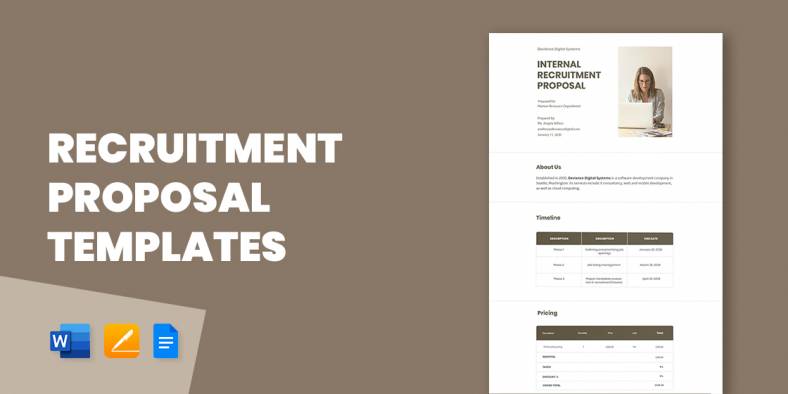
A request that is made by a company or an organization announcing about the vacant position or any other profile…
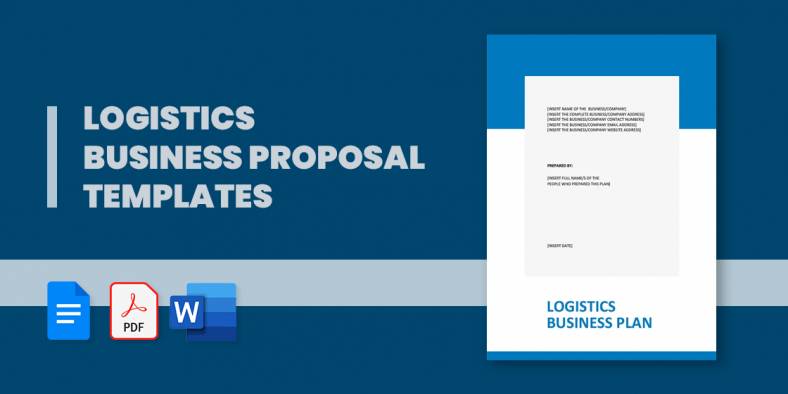
Netzwerkverbindung! This word fits the current status of the world. You have coltan from the Democratic People’s Republic of Congo…

A project proposal is a structured document that outlines the objectives, scope, and implementation plan of a project, serving as…

A sponsorship proposal is a formal request outlining how one party can support another, typically through financial or in-kind contributions…
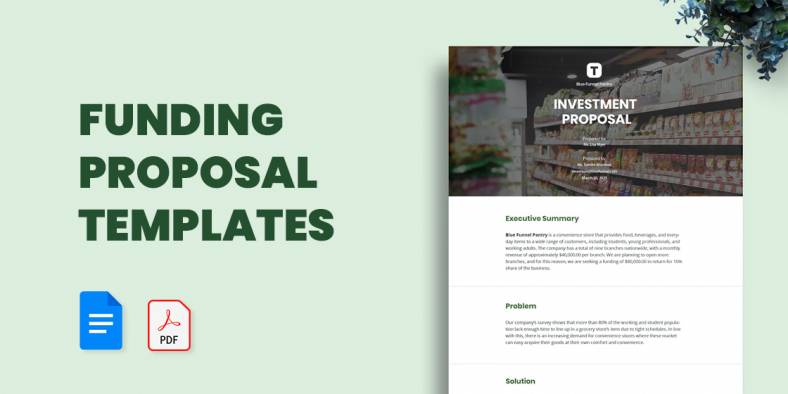
A funding proposal is used to provide an overall request to provide funds for the proposed project by giving an…
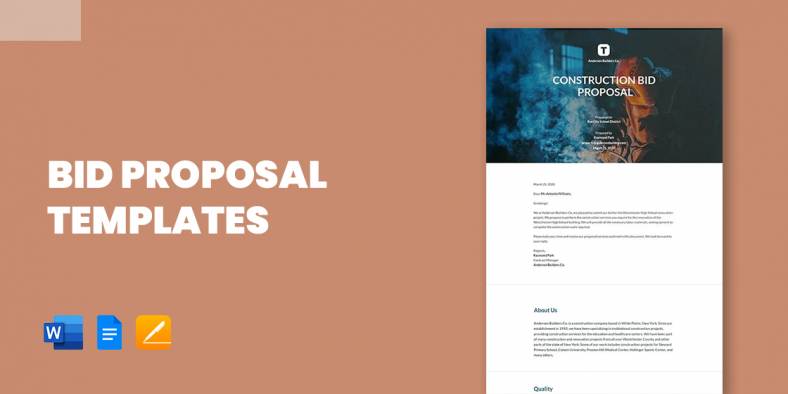
A detailed account of the products and services that are provided to your client with an estimated cost of each…
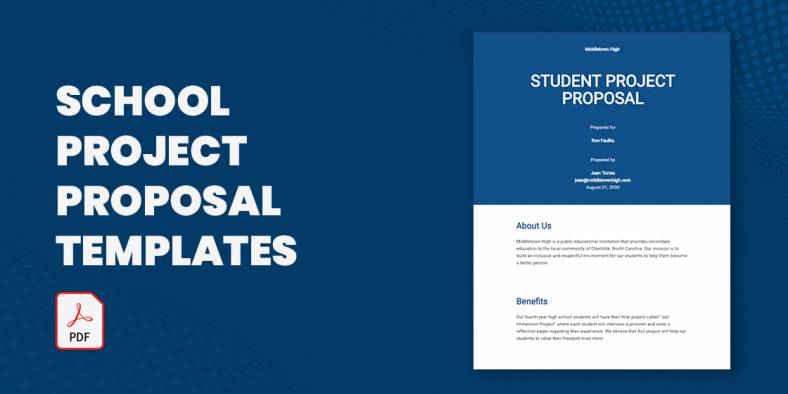
Your years in college or even in middle school wouldn’t be complete if you were never required to write a…